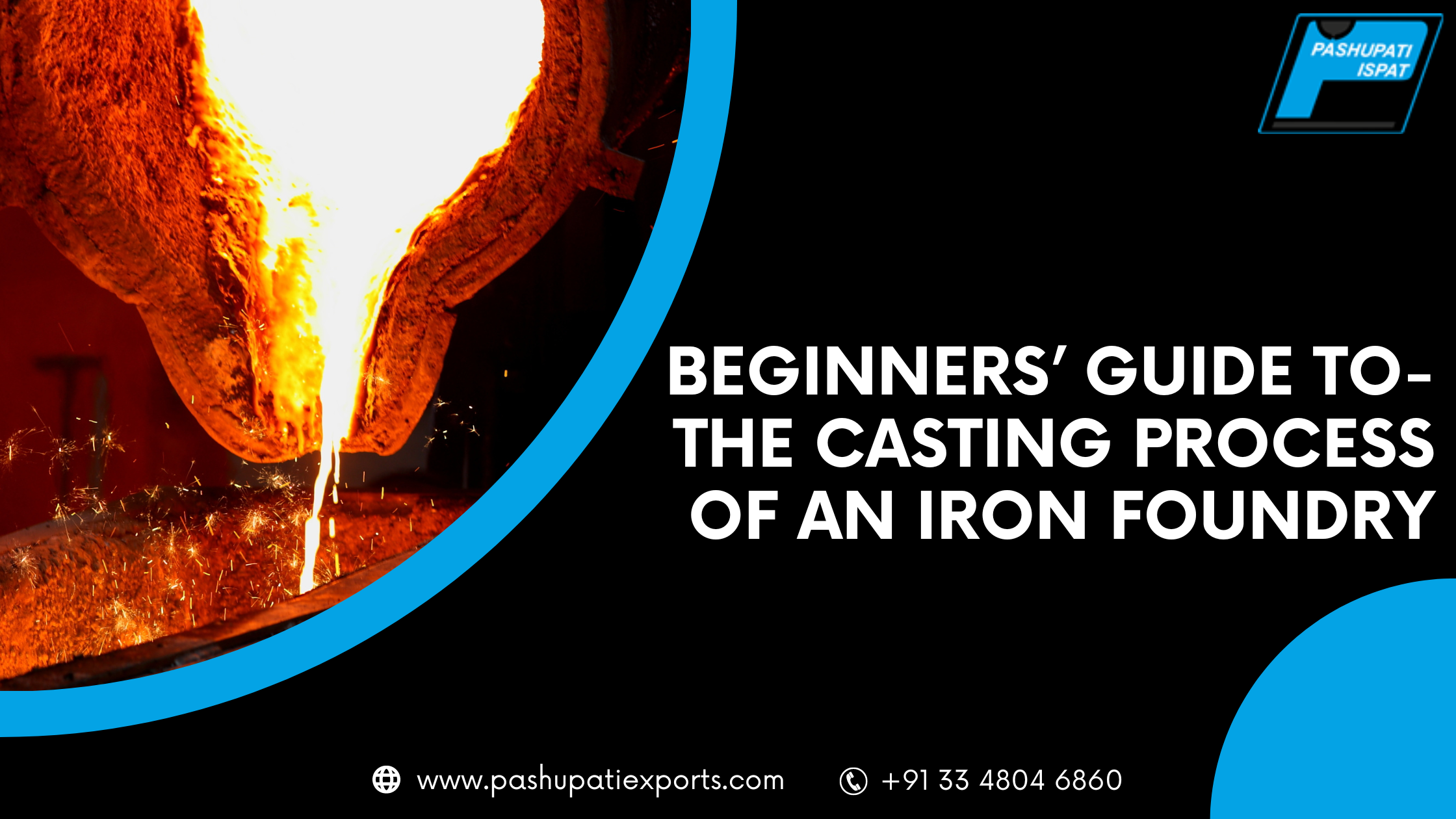Our lives are filled with cast metal products. Many of the metal objects we take for granted-train wheels, trailer hitches, lamp posts, large-scale industrial equipment, and even sculpture are cast in a foundry. On the surface, the process of casting may come off as a simple task. It is just about pouring the liquid metal into a mold and setting it. But the casting process has evolved into various types and intricate processes over the years. A casting foundry follows the casting’s essential processes and decides its type based on the requirement and the scale of production.
What is Metal Casting?
Casting is a process that creates solid metal shapes (castings) by filling voids in molds with liquid metal and then letting the object cool. The basic steps involved in making castings are patternmaking, molding, melting and pouring, cooling, shakeout and cleaning, heat treating, and inspection.
Patternmaking
In casting terms, a “pattern” is a replica of the object to be cast which is used to shape the mold cavity. They can be made from a wide range of materials, including wood, metal, or plastics. Patternmaking is the process of producing these patterns. Because the pattern determines casting form, a casting can be no better than the pattern from which it is made. To produce quality casting, the pattern must be carefully designed, constructed, and finished.
Molding
Molding is the process of preparing a mold to receive molten metal. The molten metal is poured into the molds to get the desired shape of the final product. There are two distinct types of mold processes: Reusable and non-reusable. Reusable molds can be used repeatedly. The casting process does not break down the mold during the metal solidification and cooling process. Reusable molds are usually made from metal. In contrast, non-reusable molds are temporary objects that are destroyed during the metal solidification and cooling process. The most widely used non-reusable mold method is sand casting.
Melting & Pouring
The metals to be melted and cast – usually a mix of recycled scrap and alloying metals – are loaded to “charge” the furnace. Once inside the furnace, the metal is subjected to extremely high temperatures until the melting point (often above 1500°C is reached. Specialized furnaces called induction furnaces are required for this process.
Pouring and Degating
The molten iron is carefully poured into the mold by automatic machines or giant ladles. Once the metal solidifies, the runners, gates, risers, and heads are removed from the mold using cutting torches, bandsaw, and ceramic cut-off blades. This process is called degating.
Blasting
The blasting process removes the unwanted debris that is still attached to the solidified material. Usually, this involves propelling tiny grinding balls over the material’s surface to remove unwanted debris like sand. The tiny grinding balls are made up of glass beads, walnut shells, iron, aluminum oxides, steel, baking powder, etc.
Heat treatment and Inspection
Some castings are used in demanding industrial applications: they may need to maintain their exact shape in freezing temperatures, resist corrosion in a wet environment, or bear up under the immense weight. Heat treatment is used to alter the physical properties of metal to the required specifications. Before a production run of castings can be considered complete, its physical properties and structural integrity are tested. Testing methods that require the destruction of the casting being tested are known as destructive tests, while those that do not damage the casting are categorized as non-destructive.
Service Life and Recycling
After a casting has passed inspection, it is shipped, sold, and put into service. Cast metal products, especially those that have undergone heat treatment, are durable. Depending on the metal alloy and application, their service life might range from a few months to several decades. Once the service life of a casting ends, the cycle begins again. It is collected by a scrap yard, recycled, and recast into a new object.
Conclusion
Casting isn’t just of one type. Other types include sand casting, die casting, low-pressure casting, gravity die casting, centrifugal casting, vacuum die casting, continual casting lost foam casting, etc.
The casting foundry employs the type of casting according to the requirement of the final product. The processing time also varies according to the type of casting used.
Follow us to know more about Foundry Iron casting on https://pashupatiexports.com/
Contact us now to know more about our services:
Call Us: +91 33 48046860Email Us: enquiry@pashupatiispat.com

